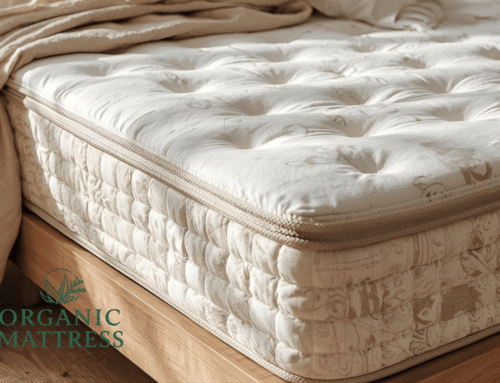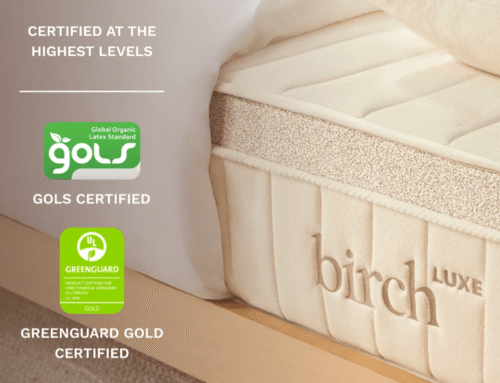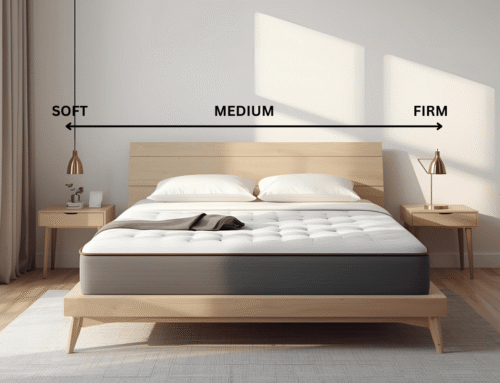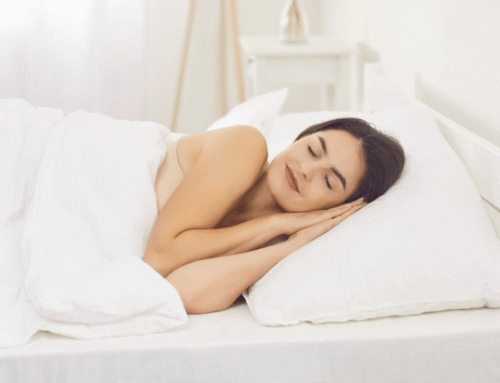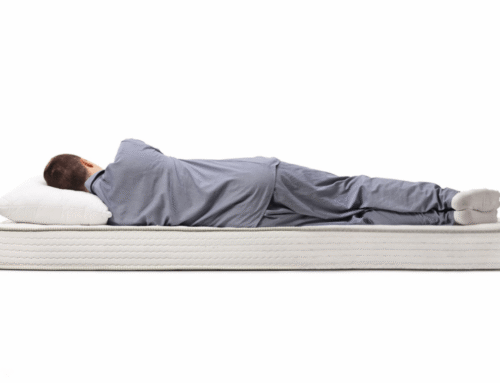In the 19th century, mattresses were mostly made from cotton or straw for little support and often leading to restless nights. The introduction of the innerspring mattress brought a significant shift by using metal coils to create a more comfortable and supportive sleeping surface. This innovation marked a notable step forward in sleep technology, improving how people rest.
Innerspring mattresses quickly became popular because they helped distribute weight more evenly and supported the body better than previous options. They contributed to better spinal alignment and reduced discomfort, which many noticed as a real improvement in sleep quality. Over time, the design evolved with enhanced coil systems and added layers for even more comfort.
The invention of the innerspring mattress laid the groundwork for the modern mattress industry. Its influence can be seen in many mattress designs available today, blending support with comfort. Let’s dive into the history, the inventor, and how innerspring beds have evolved into the comfortable mattresses enjoyed now.
Key Takeaways
- Heinrich Westphal invented the innerspring mattress in 1871. He used metal coils to fix sagging issues and increase overall sleep comfort.
- His spring design distributed weight more evenly, which reduced pressure on the hips, back, and shoulders compared to older hay‑ or wool‑filled mattresses.
- James Marshall introduced pocket coil technology in 1900. This allowed each coil to move on its own, which reduced motion transfer and made sleep more comfortable for couples.
- There are four main innerspring systems—Bonnell, Offset, Continuous, and Pocket coils. Each one affects bounce, breathability, and body support in different ways.
- Modern innerspring beds combine coils with foam or latex layers. They provide cooling, bounce, and strong edge support while remaining affordable.
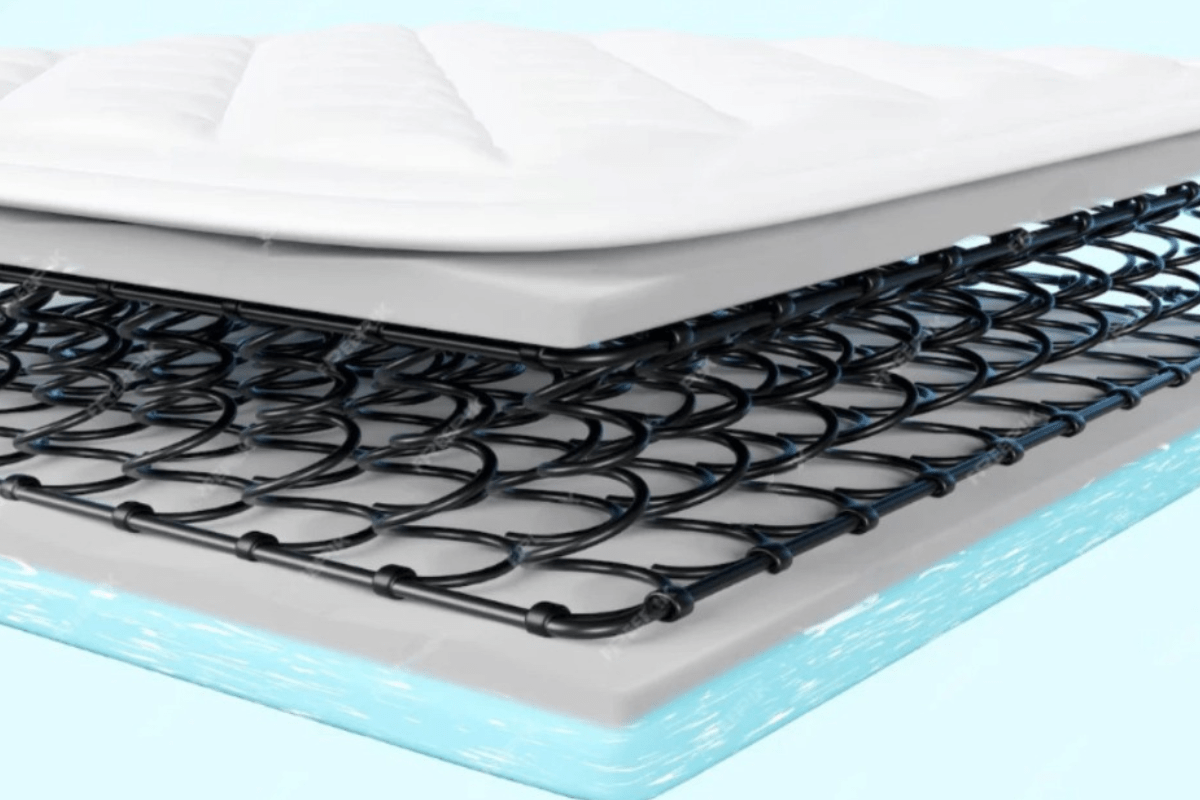
The Inventor Behind The Innerspring Mattress
Heinrich Westphal, a German inventor, filed the first patent for the innerspring mattress back in 1871. He was trying to solve the common issue of mattresses sagging and causing discomfort during sleep. His design cleverly used metal springs inside a padded casing to provide more even support for the body.
Despite his innovative idea, Westphal never saw much financial success and passed away without gaining much from his invention. It took years before manufacturers recognized the value of his design and started producing innerspring mattresses on a large scale. His work laid the groundwork for a whole new approach to mattress construction.
Today, innerspring mattresses remain widely used and popular worldwide. The concept of combining springs with cushioning continues to influence how people experience sleep comfort. Westphal’s early invention quietly shaped a major part of the mattress industry without much recognition in his lifetime.
The Impact of the Innerspring Mattress
Before innerspring mattresses existed, people often used beds stuffed with hay, wool, or horsehair, which offered minimal support and tended to wear out quickly. The introduction of coil springs brought a new level of durability and comfort, adding bounce and improving airflow inside the mattress.
The coil system also helped spread body weight more evenly, reducing pressure on common pain points like hips, shoulders, and the back. This design contributed to fewer aches and a more comfortable night’s rest for many sleepers over time. Understanding the difference between innerspring and pocket coil mattresses, along with the number of coils an innerspring mattress has, is essential since these features directly influence the level of support and comfort provided.
This approach to mattress construction changed how people experienced sleep by combining support and breathability in a simple yet effective way. The innovation created a foundation that many modern mattresses still build upon today. To keep the mattress performing well, it’s important to know how long it typically lasts and how often it should be turned to maintain its shape and comfort.
The Rise Of Pocket Coil Technology
Pocket coil technology dates back to 1900, credited to James Marshall in Canada. The key innovation was wrapping each coil individually in fabric which allows them to move independently. This design reduces bounce and offers better pressure relief, especially useful for people sharing a bed.
Over time, pocket coils became popular in higher-end innerspring mattresses. Their ability to isolate motion means one person’s movements don’t disturb the other, which improves sleep quality. They also adapt more closely to the body’s shape and provide more targeted support than traditional coil systems.
In modern mattresses, pocket coils are often combined with other layers for comfort and durability. This combination balances firmness and softness, catering to different sleeping styles. While not the newest technology, pocket coils remain a trusted choice for those wanting reliable support without excess motion disturbance.
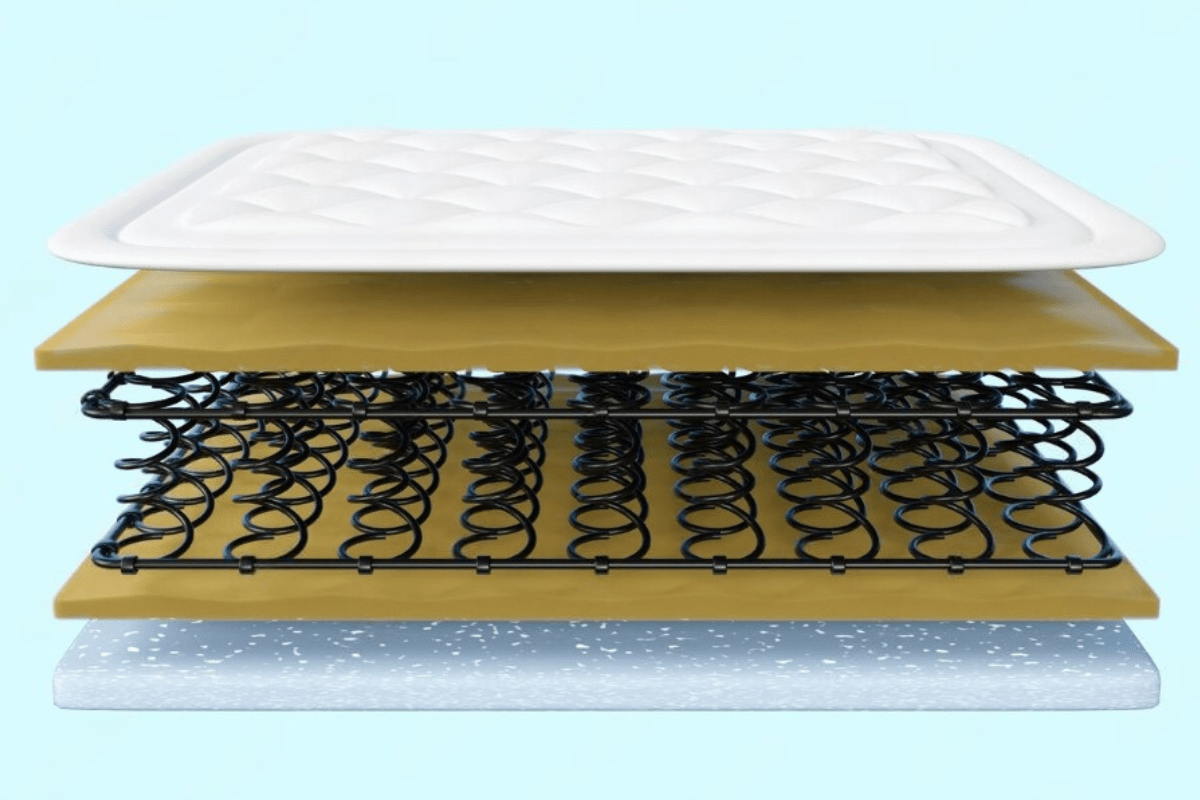
Types Of Innerspring Systems
Innerspring mattresses remain popular for their breathability and responsive support. Different coil types shape how the mattress feels and performs, which offer options to suit various sleep preferences and needs. Understanding these coil systems clarifies what to expect from each mattress style.
Types Of Innerspring Systems
Innerspring mattresses use several coil designs that affect comfort and support.
- Bonnell Coils are the oldest kind, shaped like hourglasses, and provide a traditional bouncy feel.
- Offset Coils have a hinge-like design that offers more flexibility and better body contouring.
- Continuous Coils come from a single wire, creating a durable and stable base.
- Pocket Coils are individually wrapped, which helps reduce motion transfer and creates a quieter sleep experience.
Each coil system influences how the mattress reacts to pressure and movement. This affects sleep quality based on personal preferences. When choosing an innerspring mattress, it’s important to consider the difference between a hybrid mattress and an innerspring to ensure the best comfort and support for your needs.
Innerspring Vs. Memory Foam: Which Is Better?
Innerspring mattresses tend to have a lively and bouncy feel that many appreciate. They allow better airflow compared to foam, which helps keep sleepers cooler through the night. People who shift positions often usually find this type of mattress more comfortable.
Memory foam provides a very different experience by contouring closely to the body. This helps relieve pressure points, especially for those who sleep on their side. The foam absorbs movement, which can be helpful for light sleepers sharing a bed.
The choice between innerspring and memory foam often depends on sleeping habits and comfort preferences. Some enjoy the firm support and breathability of coils, while others prefer the cushioning and motion isolation of foam. Each has qualities that appeal to different types of sleepers.

What To Look For In A Good Innerspring Mattress
A good innerspring mattress often has a higher coil count, which tends to provide more balanced support across the entire surface. Lower gauge numbers usually indicate thicker coils, so the bed feels firmer and holds up better over time. People who prefer sleeping on their back or need more support often say they notice the difference.
Comfort also depends a lot on what’s layered over the coils. High-density foam or natural latex cushions the body without feeling too soft or sinking too much. Some say latex feels cooler and slightly bouncier, while foam offers a more cushioned and contouring experience.
Strong edge support helps with stability, especially for those who sleep near the edge or sit there to get dressed. Beds with reinforced edges tend to keep their shape longer and feel more solid overall. Without it, there’s often a bit of sag or collapse over time, especially along the sides.
To pick the best innerspring mattress, consider both its weight and the materials used, as heavier mattresses often contain denser layers that contribute to durability and support.
Are Innerspring Mattresses Still Popular?
Innerspring mattresses still have a great place in today’s market. Many people prefer them for the support they offer, especially those who sleep on their back or stomach. That familiar bounce and firmness can feel more dependable compared to all-foam options.
Most innerspring models now come with comfort layers made of foam or latex, so they don’t feel stiff or outdated. Instead of sinking too much, the body stays lifted and aligned throughout the night. This balance can be especially helpful for anyone dealing with back discomfort.
Brands continue to invest in coil-based designs because the demand hasn’t faded. Hybrid versions that mix springs with foam or latex are everywhere, often favored for their airflow and edge support. It’s easy to see why so many people still trust springs, as it’s a design that keeps evolving without losing its core benefits.
Benefits Of Innerspring Mattresses
Innerspring mattresses are solid and stable, which is great for people who need consistent support through the night. The coil system inside helps hold up the body without sinking too deep, which many side and back sleepers appreciate. Some notice less stiffness in the morning, especially those dealing with joint or back concerns.
The design allows for more air to pass through the mattress, so it doesn’t trap as much body heat. Hot sleepers often prefer this over all-foam beds, which can feel warmer after a few hours. Fans or extra cooling features aren’t always necessary since the airflow does most of the work.
Prices are usually more reasonable compared to hybrids or high-end foam beds, and there are plenty of options under $1,000. They’re also easier to find in both stores and online, so testing one out or replacing an old mattress isn’t a hassle. That kind of convenience and value keeps people coming back to this classic style.
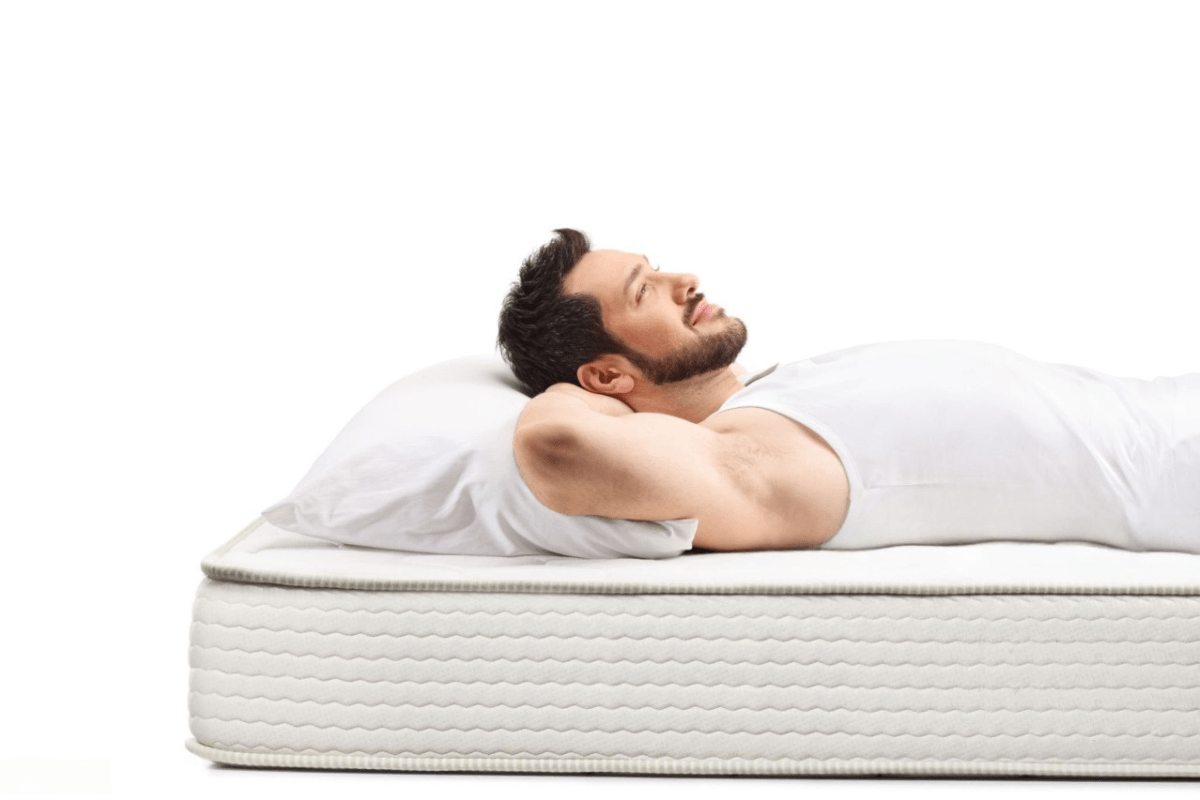
How Innerspring Mattresses Have Evolved
Innerspring mattresses have come a long way since Heinrich Westphal’s original design in the 1800s. What used to be a basic coil system has shifted into something more refined, combining traditional bounce with better pressure relief. Hybrid designs now pair springs with layers of memory foam or latex for added comfort and motion control.
Some versions add zoned support, which feels more thoughtful for people who deal with stiffness or soreness in certain areas. These zones help keep the spine aligned without giving up the responsiveness many still prefer in a spring base. It’s a subtle difference, but one that people who’ve tried both tend to notice.
More recent options focus on using sustainable materials like recycled steel coils and organic fabrics. These features appeal to those trying to reduce synthetic exposure while still wanting solid support. Innerspring models may not be new, but the way they’re built today makes them feel far from outdated.
Final Thoughts
Heinrich Westphal doesn’t show up in most history books, but his invention is still part of everyday life. The innerspring mattress has been around for more than 150 years, quietly supporting sleep in homes all over the world. He didn’t profit from his idea, yet its value shows up every night in small, personal ways.
Some might take for granted the way a mattress holds its shape or cushions pressure points, but that design came from Westphal’s early work. The inner coil system was a shift away from lumpy stuffing or uneven padding. What’s surprising is how that basic idea still shows up in many mattresses today, even with all the modern upgrades.
So each time someone stretches out at the end of a long day and feels a familiar firmness or bounce, there’s a connection to something older than most realize. The innerspring mattress is not just about comfort. It is a small reminder of someone who helped people sleep better long ago.

